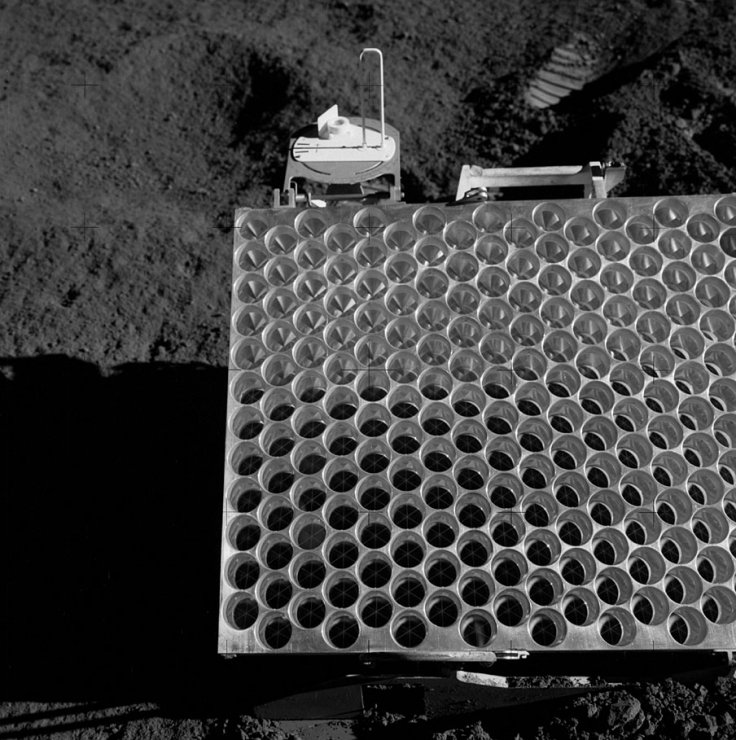The Moon is the most important celestial object in space, at least for Earth. It protects our planet from meteors while it is also responsible for tidal waves. But there is a mystery, scientists have been trying to solve for decades. Apparently, the Moon is drifting away from the Earth. And scientists are shooting lasers at it to find out at what speed the distance between the Earth and the Moon is growing.
During the Apollo 14 mission in 1971, the astronauts left retroreflectors or light-reflecting panels on the surface of the Moon. Then from Earth's observatory centers, scientists have pointed lasers at them — some 385,000 kilometers or 240,000 miles away — and have measured timing of the light — about 2.5 seconds — hitting Earth back to calculate the distance.
They found that the Moon had been drifting away about an inch and a half every year. The reason for that is the gravitational interactions between the two. But if it continues the same way, in a few million years, there will be no total solar eclipses.

"Now that we've been collecting data for 50 years, we can see trends that we wouldn't have been able to see otherwise. Laser-ranging science is a long game," said Erwan Mazarico, a planetary scientist from NASA's Goddard Space Flight Center.
Old and Inefficient
But there was a problem. The five suitcase-sized retroreflectors that were delivered by Apollo missions between 1969 and 1972 and later by Soviet missions became old and inefficient. The reason, scientists believe, is the moondust that might have covered the reflectors. Thus, in 2009, another set of reflectors was sent to the Moon in Lunar Reconnaissance Orbiter (LRO) which orbits the Moon once every two hours.
Although LRO provides a pristine target, firing lasers or photon beams at a moving object isn't easy. Bouncing back light off lunar reflectors itself was challenging considering the Earth's atmospheric and electromagnetic intervention. With LRO reflectors, the difficulties had multiplied. The LRO is small (about 15 centimeters) orbits the Moon at 3,600 miles per hour or around 5,800 kilometers per hour.

Success At Last
Thus, scientists didn't have much success initially using traditional green visible lasers. They joined hands with scientists from Université Côte d'Azur in France. The latter developed an infrared laser light that is more efficient in piercing gas and cloud. In 2018, Dr Mazarico and his colleagues had the first success. After shooting the infrared lasers towards the LRO's reflector from a station in Grasse, France, 25 photons beamed back at Earth.
"This experiment provides a new method of verifying theories of dust accumulation over decades on the lunar surface," the researchers said in the study, which was published in the journal Earth, Planets and Space.
The data scientists received from laser experiments have helped them understand that the Moon has a fluid core. They believe it could also reveal if Moon a solid material in its core that once powered its magnetic field which is now extinct.
"The precision of this one measurement has the potential to refine our understanding of gravity and the evolution of the solar system," explained Xiaoli Sun, a planetary scientist who contributed to the design of LRO's reflector.
As NASA is aiming to return to the Moon by 2024 with the Artemis III mission, the laser experiments will help reveal more mysteries in the future.









